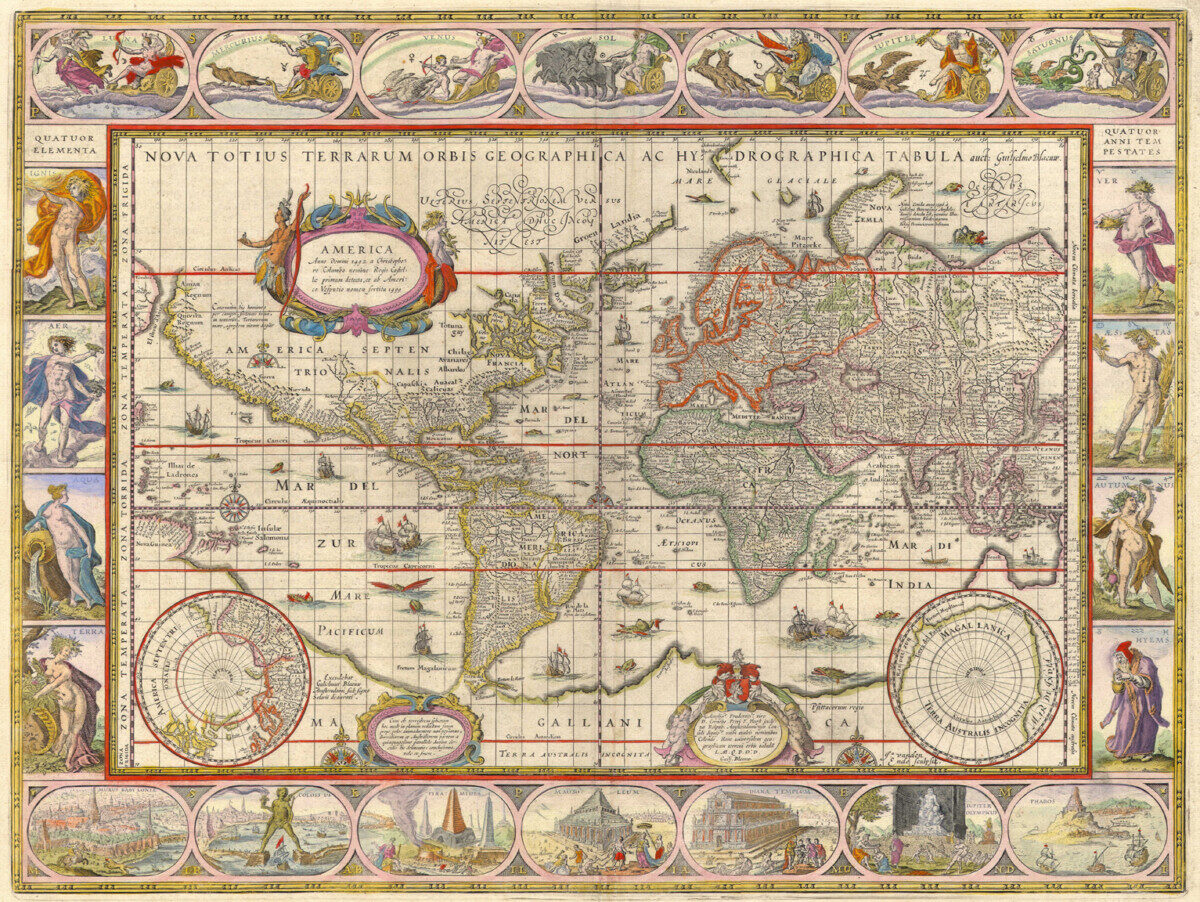I found the Museo Cartaceo and the Galleria Giustiniani extremely interesting in our discussions of art in the early modern period, especially because I was surprised to hear that “art historians” if you can call them, thought that descriptions of works of art with words were more trustworthy than visual copies. Since art is such a visual experience, I found this belief quizzical. This got me to thinking about how projects like the Paper Museum expanded access for people to learn about art and antiquity, especially after age has destroyed much of ancient art and artifacts. Connecting the belief that words can describe art better than pictures can, and incorporating that idea into the field of digital humanities, I began thinking about how visually impaired and blind individuals experience art and art history. I researched a couple different programs that involve audio descriptions and allow touching art, but this type of inclusivity is not very widespread yet, and seem to only exist (in a large capacity) in several museums in the world.
Although it is early in the semester and this is only my first idea for a digital humanities project, I think creating an audio tour of Emory’s Carlos Museum, or even an audio tour of the architecture on campus for visually impaired individuals would be a fun and useful digital humanities project. I was interested in the digital tool we reviewed that lets you create a walking tour and I think that could be useful in this project. I’m not sure how this idea can incorporate Baroque yet, but drawing from the principles of creating the Museo Cartaceo and Galleria Giustiniani, I think using words to describe visual arts is a brilliant way to expand access to art history to a wider audience.
